The EQS is the first all-electric luxury sedan from Mercedes-EQ. Mercedes EQS is also the first model to be based on the modular architecture for luxury and executive-class electric vehicles. The first models being introduced to the U.S. market will be the EQS 450+ with 329 hp and the EQS 580 4MATIC with 516 hp.
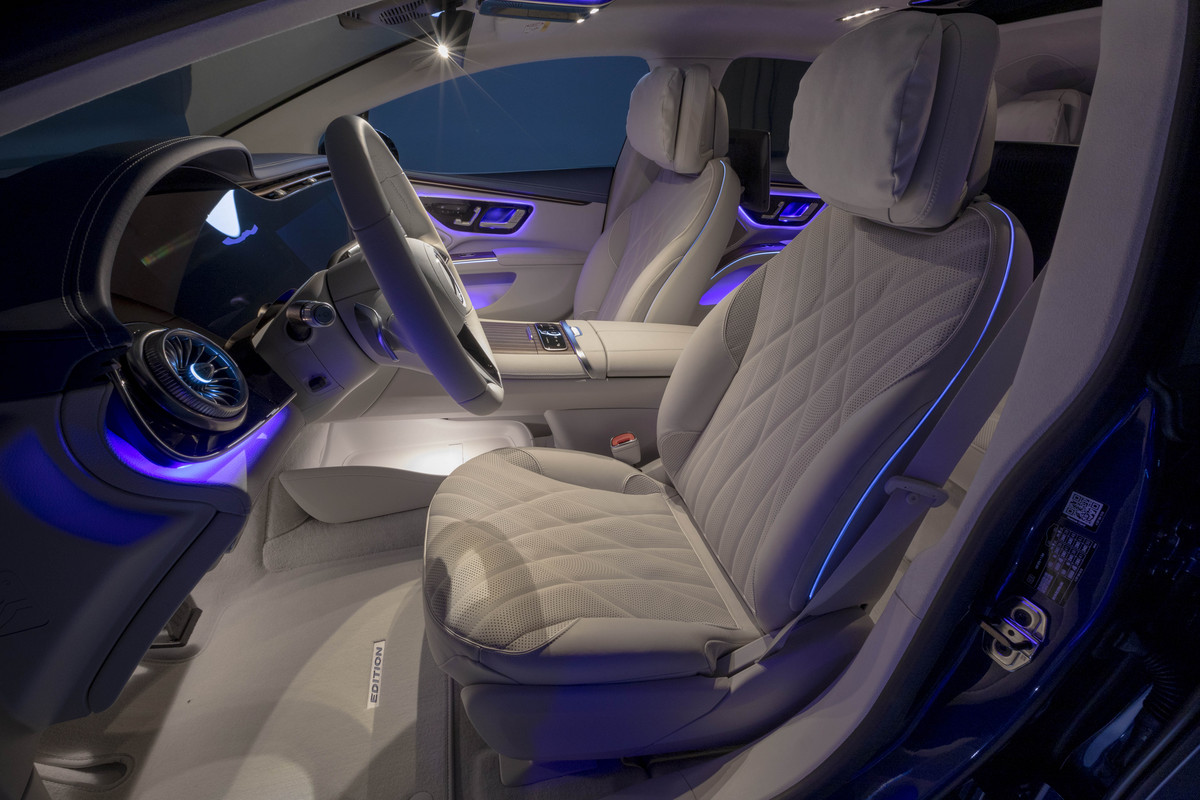
Driving Footage and Design of Mercedes EQS
Interview with Christoph Starzynski, Vice-President Electric Vehicle Architecture who is responsible for the Mercedes-EQ models at Mercedes-Benz. Since 2002, the graduate in business administration has held various positions in the Daimler Group in Germany and abroad. We spoke to the 46-year-old about Mercedes-EQ’s global strategy and future models.
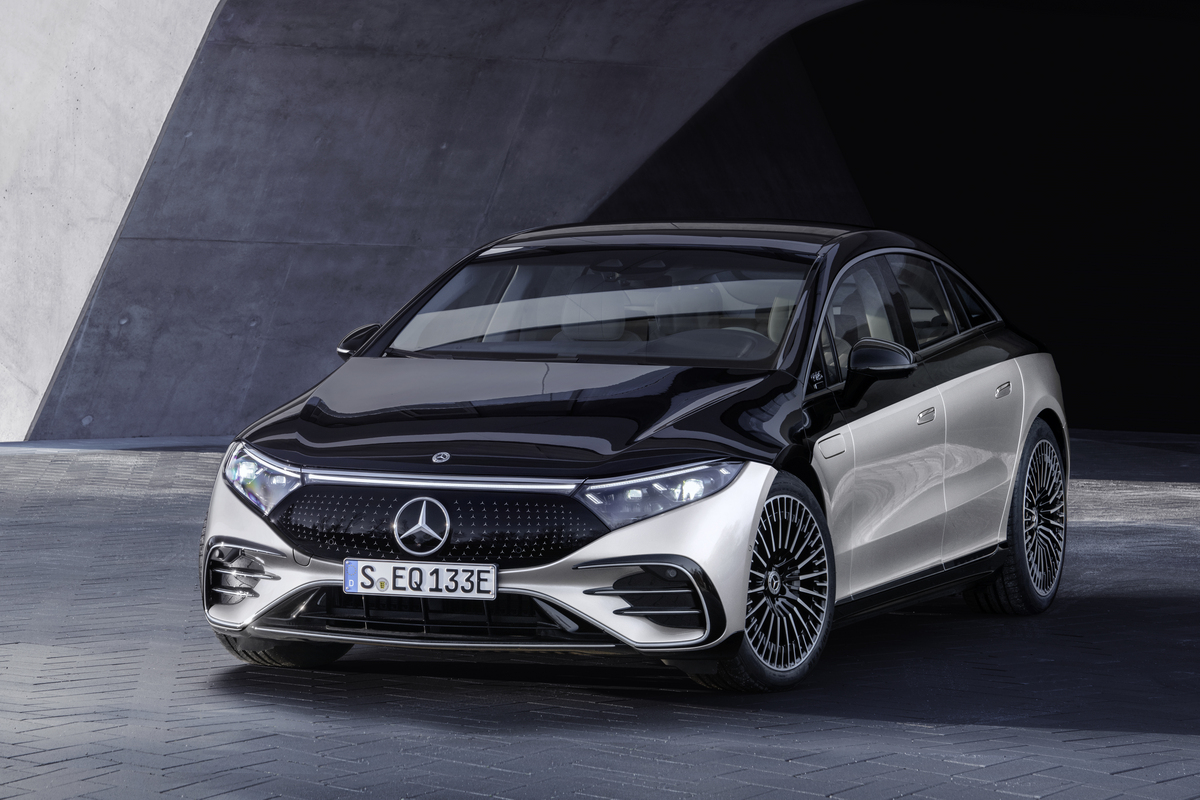
Mr. Starzynski, one Mercedes-EQ premiere follows the next in 2021: first you presented the EQA, the all-electric brethren of the GLA, now the EQS, the new luxury-class model, and in between the seven-seater EQB is celebrating its debut. How is it that Mercedes-EQ is taking off in the compact and luxury class at the same time?
Starzynski: You’re right, our electric initiative is in full swing. But we also have ambitious goals: by as early as 2030, the company wants more than half the cars it sells to feature electric powertrains – this includes all-electric vehicles and plug-in hybrids. And the list is far from complete: with the EQE business sedan and the SUV variants of the EQS and EQE, further models based on the new architecture will follow soon.
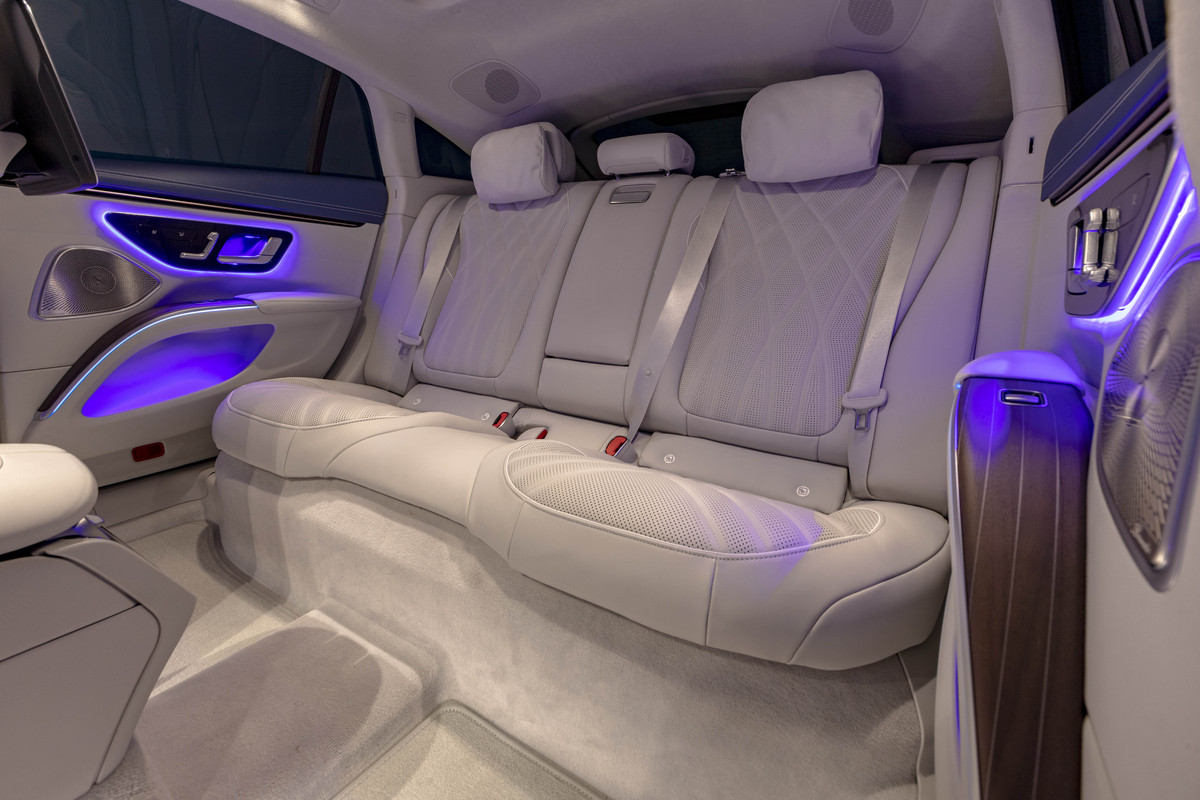
You address the architecture. The EQS is the first model to use the new all-electric platform. What are the advantages of this purpose design?
Starzynski: This new architecture is scalable in every respect and can be used across models. The wheelbase and track as well as all other system components, especially the batteries, are variable thanks to the modular design. This vehicle architecture makes Mercedes electric cars from sedans to large SUVs possible in the luxury segment. Thanks to the corresponding synergy effects, we can react very quickly to customer requests – for new electric vehicles, but also during a life cycle for variants with, for example, the next generation of batteries. And in terms of design and space, an all-electric platform naturally offers customers major advantages.
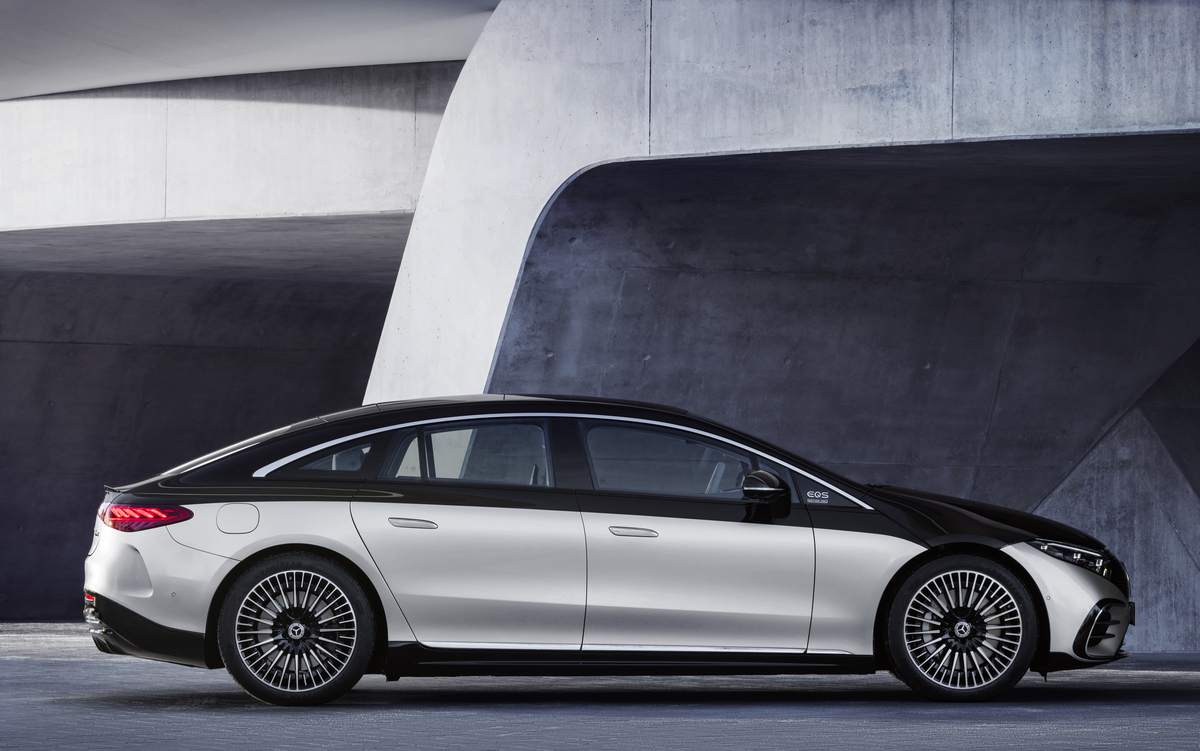
Mercedes-EQ has recently become a sub-brand like Mercedes-AMG or Mercedes-Maybach. Does this reflect the increased importance of electromobility at Mercedes?
Starzynski: Yes, ‘Electric First’ is our mission statement. And Mercedes-EQ is not just about extending traditional Mercedes-Benz virtues such as safety, responsibility, perfection and fascination by using new technology such as the electric powertrain. But also the linking of intelligence and emotion is centrally anchored in Mercedes-EQ. We want to accompany our customers into a world of new possibilities. This also includes software updates and the activation of new vehicle functions over the air (OTA). In addition, our approach to sustainability is holistic. In this way, we are actively contributing to the reduction of CO2 emissions and, with our Ambition 2039, are paving the way to the carbon-neutral mobility of the future.
Where do we go from here? Will the next generation of compact electric cars also be on a redesigned platform?
Starzynski: Our engineers are currently working on another electric vehicle platform, the Mercedes-Benz Modular Architecture (MMA) for vehicles in the compact and mid-size segments. In 2025, the first MMA-based models will arrive and complete our electric vehicle portfolio.
And has the range of up to 770 kilometers (WLTP) of the EQS reached the end of the line?
Starzynski: First of all, we are very pleased to have achieved this excellent and, above all, highly customer-relevant range figure. Many employees from very different departments have contributed to this: aerodynamicists and designers with the new world record for cd value, our battery specialists with higher energy density and software developed in-house, plus the valuable work of other experts that has resulted in excellent recuperation and really clever navigation with Electric Intelligence …
But back to your question: No, it doesn’t stop at 770 kilometers. We have already announced the next step with the Vision EQXX technology program. Our development department is tasked with pushing the boundaries of range and efficiency. That’s why we’ve put together a cross-functional and multi-disciplinary team in Stuttgart, supported by specialists from the British Mercedes-Benz F1 HPP Group. The colleagues contribute their expertise in electric motors as well as their motorsport-inspired development pace. Innovations from this technology program will be rapidly transferred to series production.
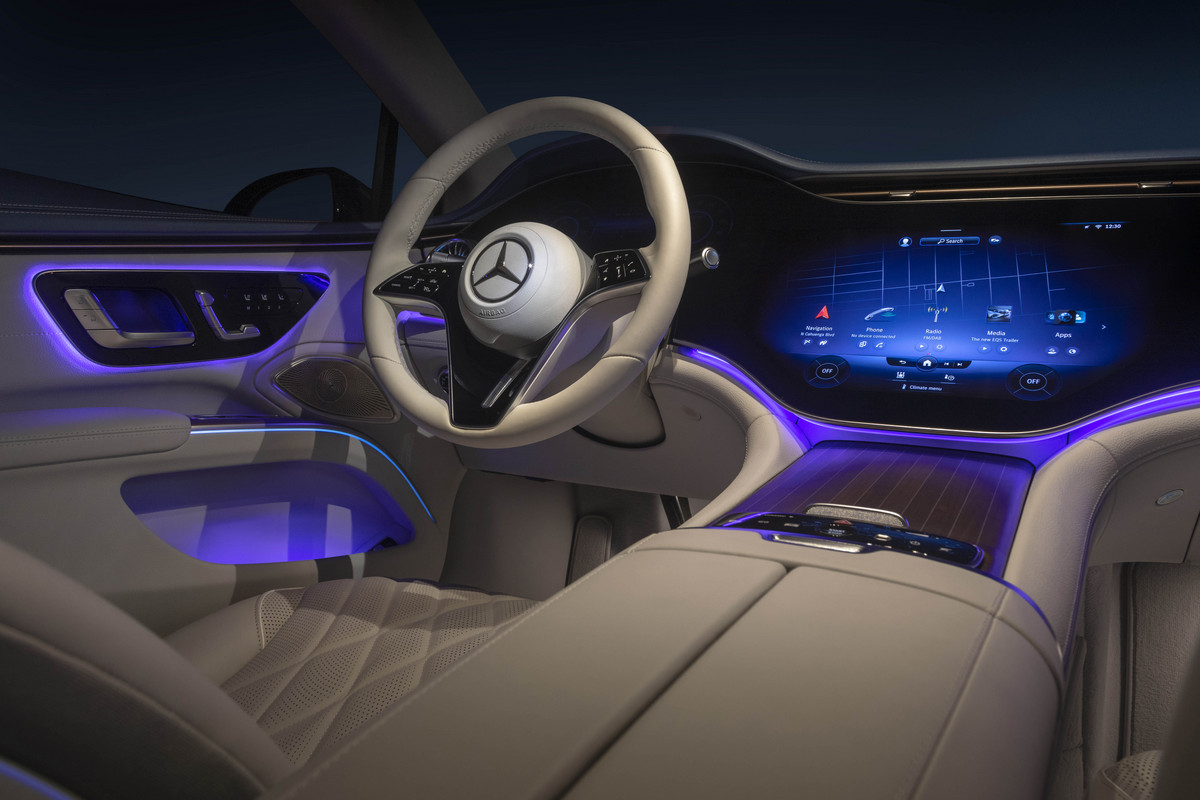
The new EQS: Double interview on MBUX (Mercedes-Benz User Experience) with Gorden Wagener, Chief Design Officer Daimler Group, and Sajjad Khan, Member of the Board of Management of Mercedes-Benz AG and CTO, about the new MBUX Generation.
Sajjad Khan is a Member of the Board of Management of Mercedes-Benz AG. He is responsible for development in the areas of Connectivity, Autonomous, Shared & Services and Electric. Following his master’s degree in Information & Communication Technology with a focus on product development as well as initial international projects in industry, he joined the then DaimlerChrysler AG in 2001, where he worked on various projects in infotainment.
Gorden Wagener joined the company in 1997 and has been at the helm of Daimler AG’s globally operating Design unit since mid-2008. Under his leadership a new design strategy for Mercedes-Benz was developed in 2009. As of November 1, 2016, the Board of Management of Daimler AG appointed Wagener as Chief Design Officer. Wagener first studied Industrial Design at the University of Essen before going on to specialize in Transportation Design at the Royal College of Art in London.
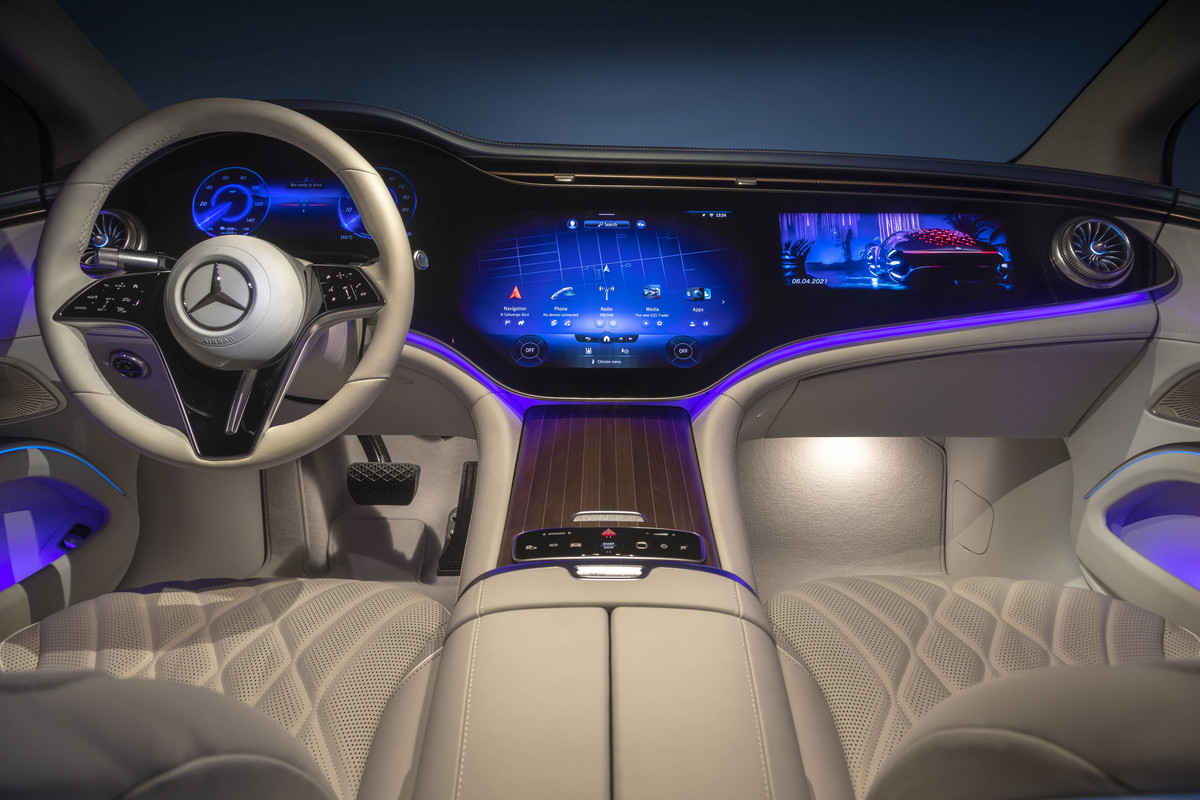
Mr. Wagener, the new MBUX Generation candomore, knows more and says more: When was the last time you said “Hey Mercedes!”? And if you don’t mind me asking, what did you ask the voice assistant?
Wagener: When I use MBUX, it’s intuitive, I don’t have to think about if and how. That is in fact how my parents’ generation thinks: would I like to use the technology? Today, it is totally different, the fusion of technology and design makes it so easy: I want to use this technology. If technology can do a lot of things, but I have to work to use it then I’m less inclined. Our success is based on the idea that it must work just as brilliantly as it looks. And I asked Hey Mercedes to stop the music as I wanted to enjoy the quietness of the electric drive – I was in my E-Class with plug-in hybrid.
You presented the first MBUX generation in January 2018 at CES in Las Vegas. How was it as an automotive manufacturer ata trade fair for entertainment electronics to present the vehicle cockpit of the future?
Khan: The days of the world premiere of MBUX in Las Vegas were really exciting for my team and I. Would we have the comprehensive programming ready in time? Would everything in the seat boxes work at the live demo? And would the journalists realize the potential of MBUX? Well we had the luck of those who work hard: everything worked wonderfully, and the media representatives and the public were enthusiastic. Just four months later, the new A-Class came to market as the first model with MBUX. There are now more than 1.8 million Mercedes-Benz passenger cars on the roads with it around the world, and it is also available in the Van division. A new Mercedes without MBUX is now inconceivable. We are now linking in to this great success story with the second MBUX Generation.
Wagener: The trade show in Las Vegas was just the right place for the world premiere of MBUX: Although the abbreviation CES stands for Consumer Electronics Show, CES has developed into an important technology trade show. This reflects the increasing digitization and networking of all areas of life. Just like seismographs detecting earthquakes around the world, my design colleagues in our four international design studios sense exactly these trends and are inspired by new ideas from different continents and cultures; their field of work is the future. Visiting CES has always been a source of great inspiration, especially where user experience or trends such as fit and healthy are concerned.
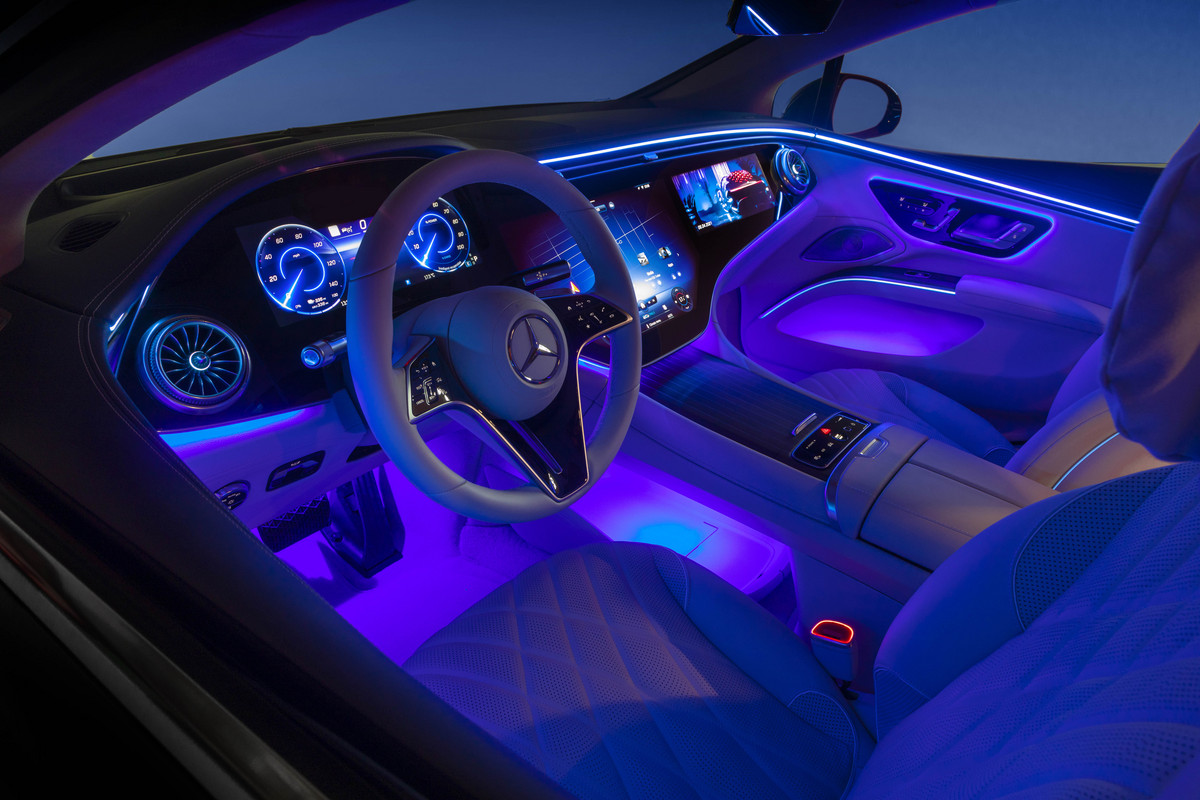
With the large head-up display with augmented reality content such as animated turn arrows and biometric authentication, MBUX has now taken another big step towards digitization and artificial intelligence. And you could even say that with the MBUX Hyperscreen the huge television has found its way into the car. What are the highlights of the new MBUX Generation for you?
Khan: Of course I have my favorites, and the huge MBUX Hyperscreen in the EQS is one of them. With its unique electric aesthetics and the high level of user friendliness, the hyperscreen is representative of the overall character of the EQS – avant-garde, cool, personal and useful. But it’s important for me to not just talk about the individual hardware components of MBUX. The clever networking of all systems and the intelligent software that is capable of learning are also decisive. Our MBUX philosophy is to offer our customers maximum comfort, personalization and convenience. A system that goes into even more detail, is more well thought-out and more individualized than ever before. The advantage for our customers: Thanks to further improved user-friendliness, they save time and receive a high added value. MBUX is thus the backbone or even the brain of the vehicle.
Wagener: Our goal for MBUX was to create the most coveted infotainment system in a car. We transferred the bipolarity of our design philosophy of Sensual Purity to MBUX – that means on one hand the sensual beauty and on the other the “Wow effect” of the unique intuitive operation. And with the EQS as the representative of Progressive Luxury we could be somewhat more modern, more courageous and more polarizing. This also applied to the exterior, just as a side note. I agree with Sajjad, the MBUX Hyperscreen is also my absolute favorite in the interior – a digital work of art, a futuristic, luxurious sculpture and also a powerful technological challenge.
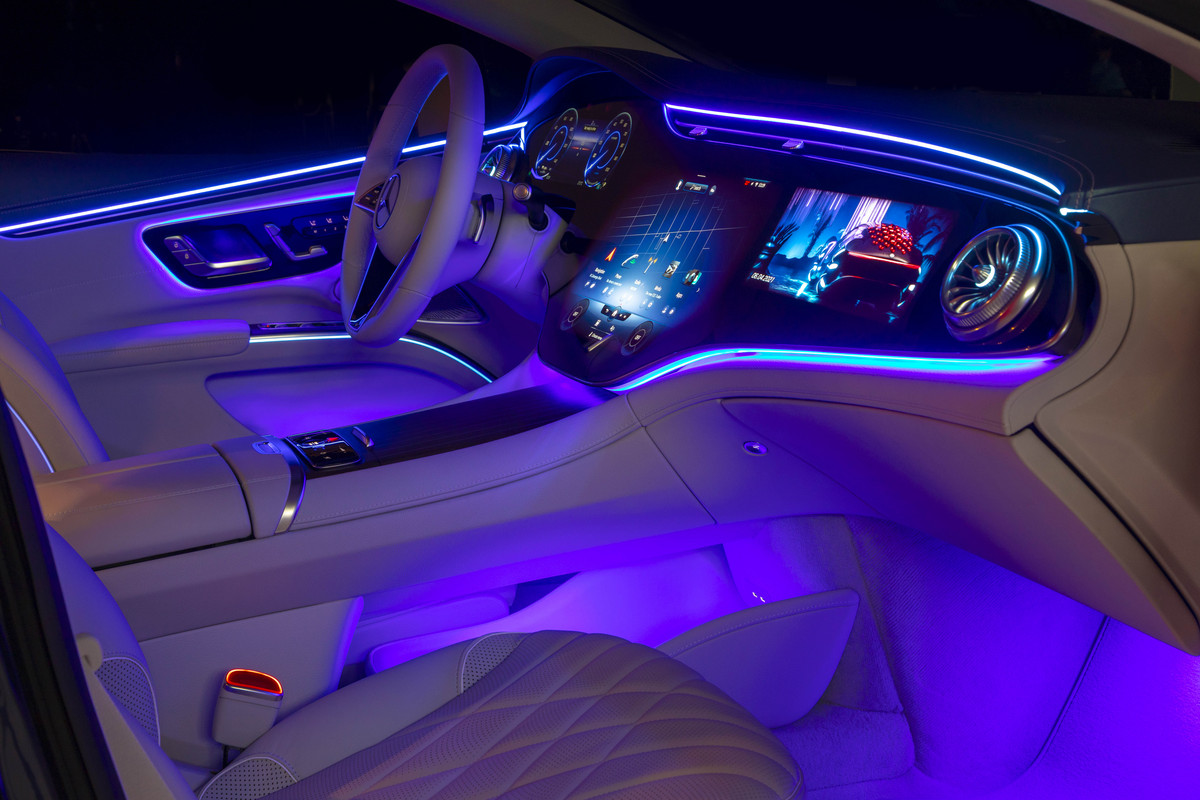
But digital beauty is only one aspect of MBUX, right? To what extent was the excellent user friendliness of MBUX increased even further?
Wagener: We stage technology through design in a way that is fun and at the same time really beautiful, and intuitive. Because alongside the cool hardware, the content is equally important, i.e. what we display on the screen unit. Visually inspiring with super fine details. And our Zero Layer is another element that makes operation even easier, where the most important and most frequently used interactions can be operated on one single level, the top level. You rarely have to delve into sub-menus and this shortens interaction times. This is a continuation of the intuitive operation and belongs to the emotional intelligence of our brand Mercedes-EQ.
Khan: Yes, the MBUX Hyperscreen is both the brain and nervous system of the car, it is connected to all components of the vehicle and communicates with them. This makes a new form of interactivity and individuality possible. Because the customer is at the center of development. We analyzed the customer feedback from the first MBUX Generation and asked ourselves: ‘What do people need and how do they interact with the car? Especially in an electric car?’ The goal was to come up with a concept that does not distract the driver or require complicated operation. And it has to be capable of learning thanks to artificial intelligence: The MBUX Hyperscreen continually gets to know the customer better and in this way delivers a tailored, personalized infotainment and operating offering before the occupant even has to click anywhere. It was not our aim to create the biggest screen of all time in a car. Rather, we developed special screens with the perfect ratio of size to functionality for the best possible level of user-friendliness. That is customer orientation and digital thinking for 2021!
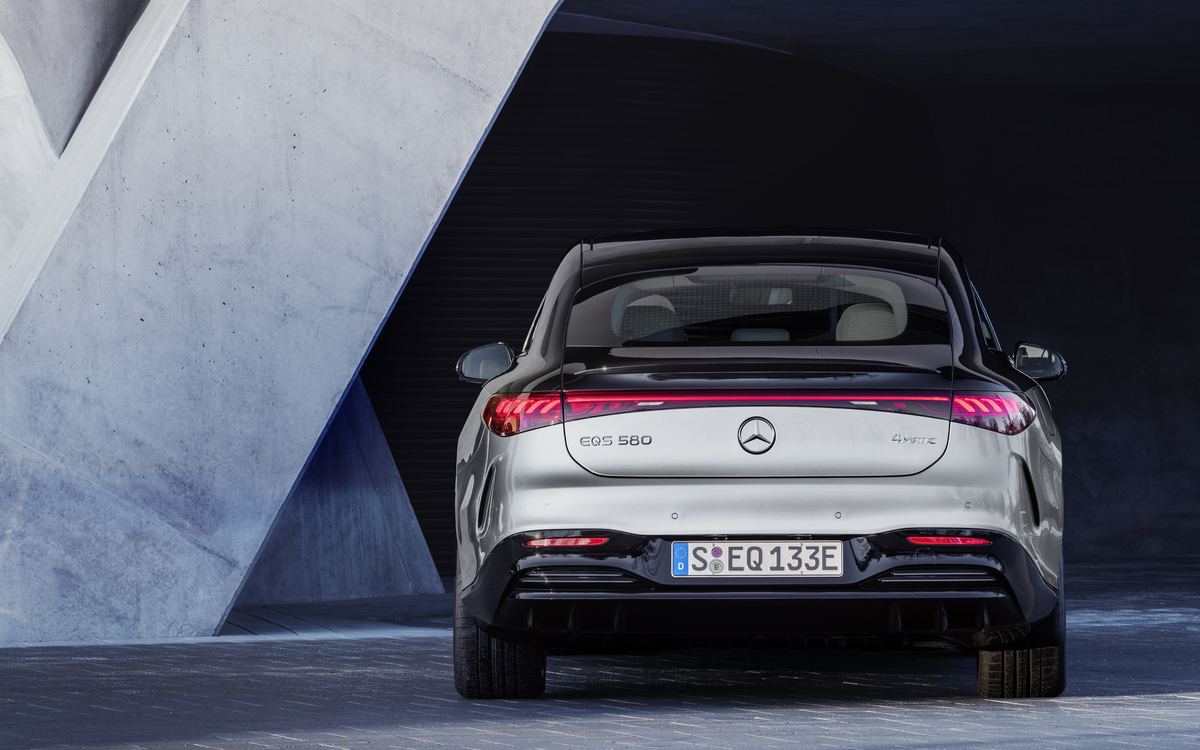
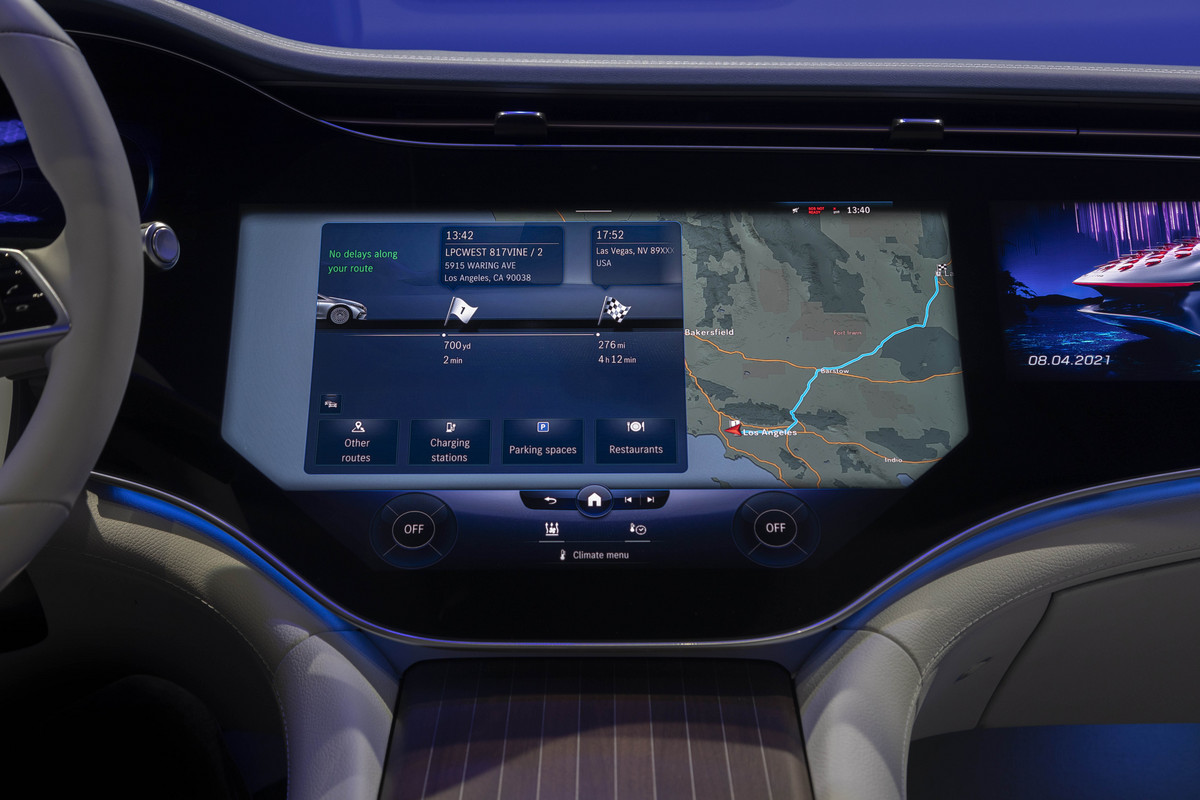
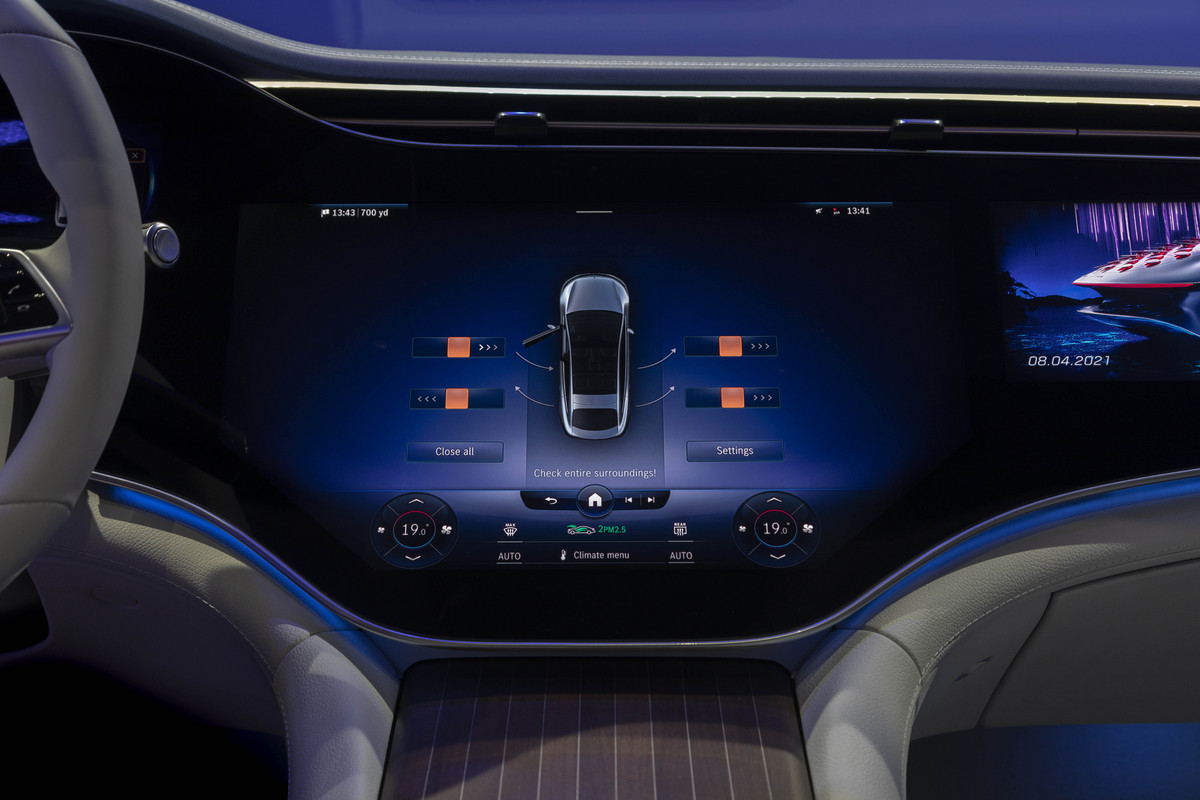
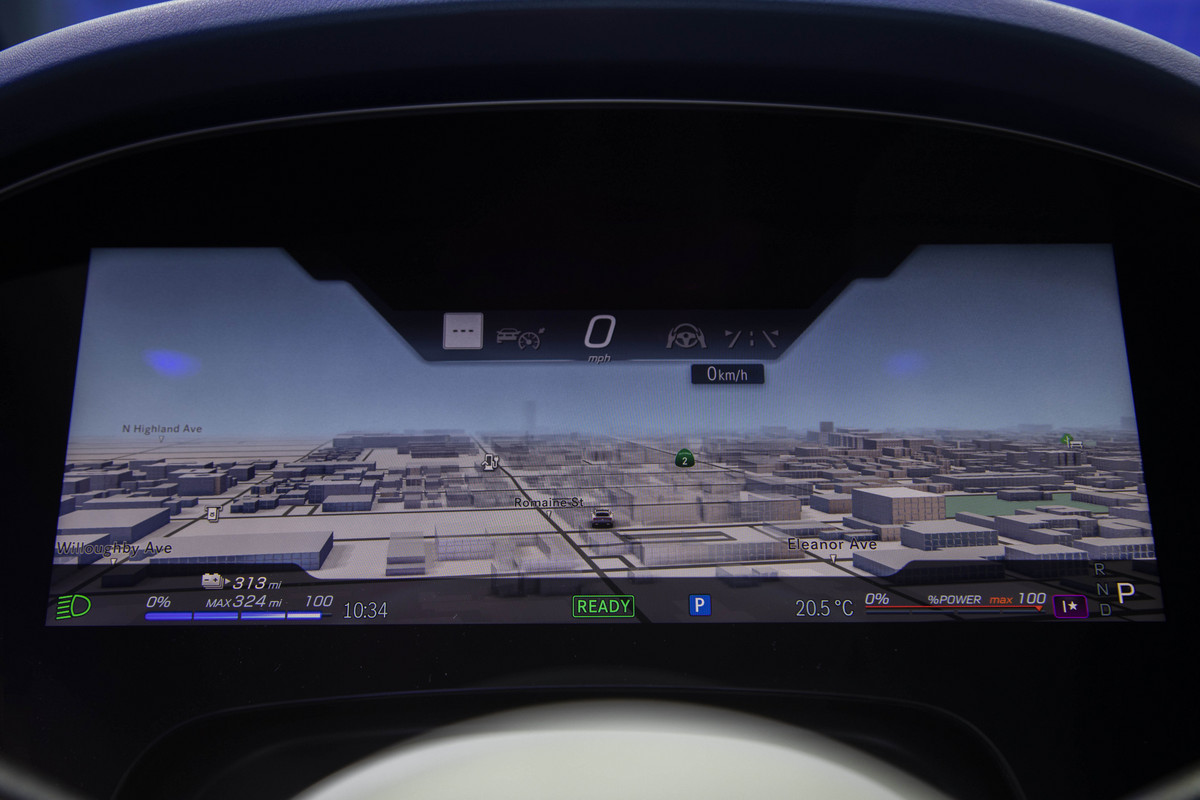
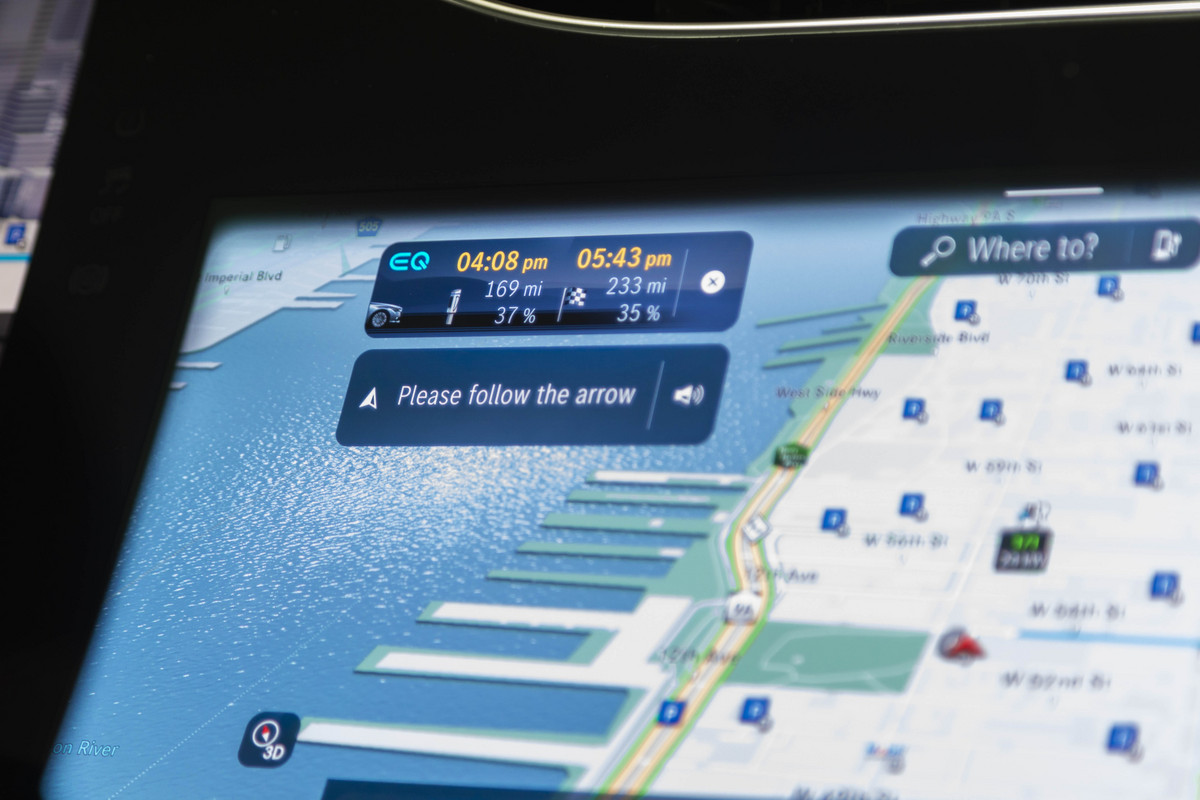
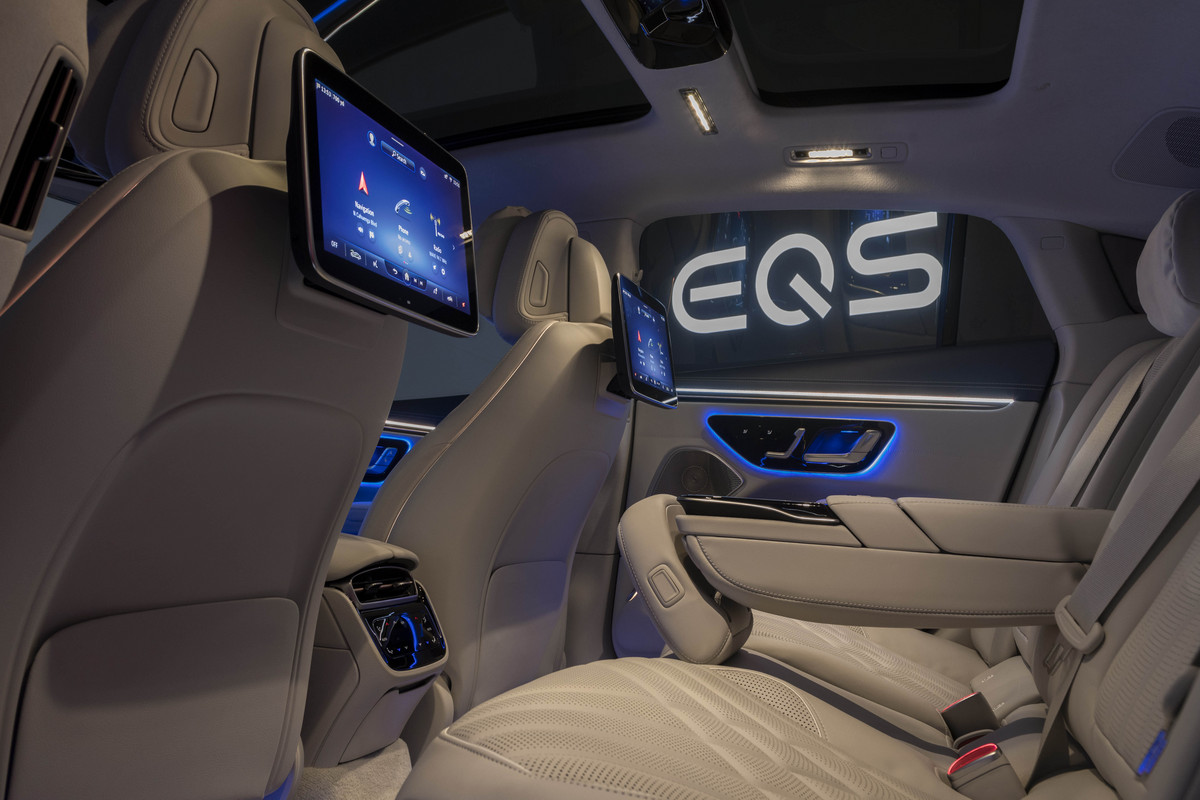
Discover more from SNAP TASTE
Subscribe to get the latest posts sent to your email.



